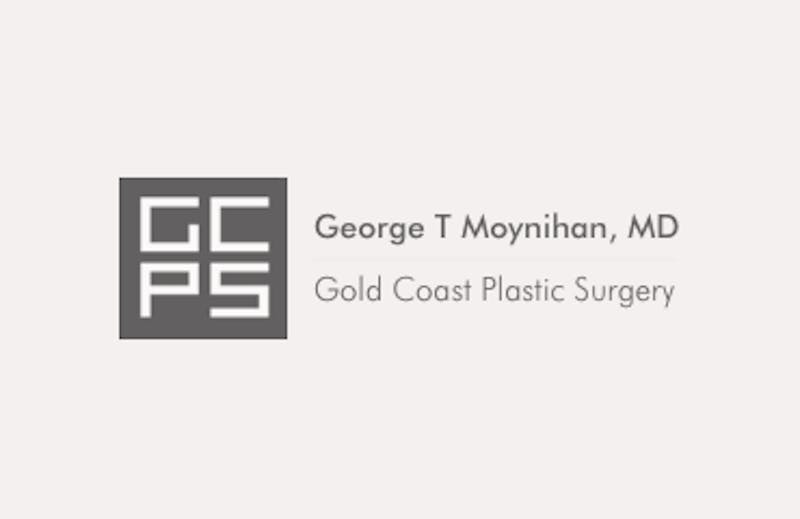
A surgical face lift has been the preferred anti-aging treatment for decades, long before non-invasive procedures like Botox and dermal filler injections came into the picture. In order to provide the best treatment for patients, the Deep Plane Face Lift was developed and subsequently introduced in the 1990’s. This technique offered patients an alternative to the traditional lift, and according to studies, some patients experienced better results from the deep plane technique compared to others in the same study.
What is the difference between a deep plane face lift and a traditional lift?
First off, both types of face lifts are surgical procedures that aim to rejuvenate the skin and take years off your face. They target the mid to lower sections of the face, and each one requires incisions and sutures along the hairline (differing only in specific sections and sizes of the incisions). Both techniques also aren’t designed to eliminate wrinkles and forehead lines, as well as bags under the eyes; but other facial plastic surgery techniques that address these can be performed simultaneous with the face lift.
As for differences between the two, here are all you need to know:
Deep plane face lift
- The technique involves pulling or manipulating the deep plane layer beneath the skin, leaving the skin untouched
- When the deeper layer or the muscles are pulled or manipulated, the skin gets pulled back as well but the difference is that the skin doesn’t look “pulled”
- Results are often described as “natural-looking”
Traditional face lift
- The skin is separated from the fats and muscles, which means the surgeon will have at least two areas to work on, the skin and the muscles
- The muscles may be manipulated a certain way and the skin another to provide optimal results
- Depending on the expertise of the surgeon, the skin may look “pulled” after a traditional face lift
Recovery
For both the deep plane and traditional face lifts, healing and recovery may take several weeks depending on the patient’s healing response. After surgery, the patient will need to see their surgeon so the sutures can be removed, and the healing progress can be checked. The surgeon will also need to see if the wounds are healing as they should.
After surgery, the patient may experience the following:
- Bruising
- Swelling
- Pain and/or discomfort
- Numbness on the face and skin
These are all normal side effects from surgery, and they will resolve on their own in the coming weeks. Patients, however, are reminded that swelling may take several weeks to subside. For pain, the doctor may prescribe pain medication.
Types of face lifts
Other than the deep plane face lift and traditional face lift, there are other types of face lifts available to patients today. The traditional lift is usually what is known as a full face lift. There are also area-specific lifts, which include the eyebrow lift, upper eyelid lift, neck lift, and a mini lift.
Incidentally, the mini lift is often the treatment of choice for patients dealing with mild to moderate skin laxity, and those who do not wish yet to undergo a full face lift. The mini lift is designed to lift the lower third of the face.
Contact Gold Coast Plastic Surgery for a deep plane face lift consultation
Every patient knows that their journey to a healthier, younger looking skin starts with consulting the right surgeon. If you are looking for an experienced and licensed facial plastic surgeon with a high satisfaction rating, you’ve come to the right place! Click here to schedule a consultation with top face lift surgeon Dr. George T. Moynihan. You may also call Gold Coast Plastic Surgery at (312) 736-7792.


